The Swiss Alps are renowned for their breathtaking landscapes, but their beauty does not fade with the setting sun. At night, the mountains transform into a serene and otherworldly realm, offering some of the best night hikes and stargazing experiences in Europe. Away from city lights, the crisp alpine air and high-altitude vantage points create perfect conditions for observing the Milky Way, meteor showers, and distant constellations.
Whether you seek an adventurous moonlit trek or a peaceful night under a blanket of stars, this guide will help you discover the best places to experience the Swiss Alps after dark.
Why Hike the Swiss Alps at Night?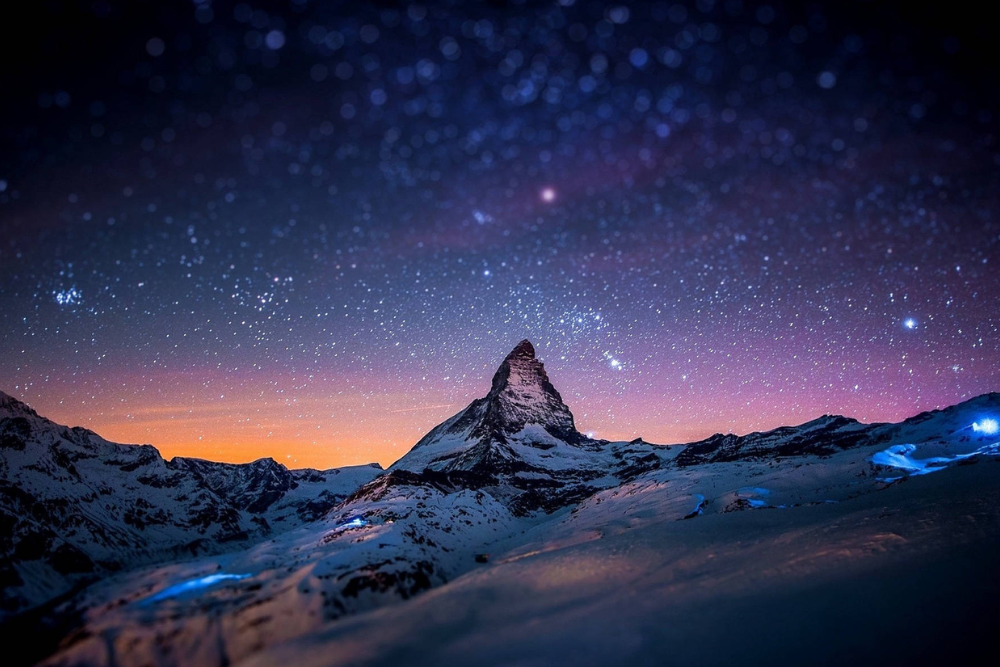
Night hiking in the Alps offers a completely different experience from daytime trekking. Here’s why it is worth exploring:
- Unparalleled Stargazing: The high altitude and minimal light pollution make the Swiss Alps one of the best locations in Europe for astrophotography and stargazing.
- Peaceful and Crowd-Free Trails: Unlike the bustling daytime routes, night hikes offer solitude and a deeper connection with nature.
- A Unique Adventure: Traversing moonlit trails, hearing nocturnal wildlife, and watching the landscape shift under the stars creates an unforgettable experience.
- Spectacular Natural Events: Witness shooting stars during meteor showers, observe the glow of bioluminescent organisms in alpine lakes, or experience the magic of a full moon illuminating the peaks.
Best Night Hikes in the Swiss Alps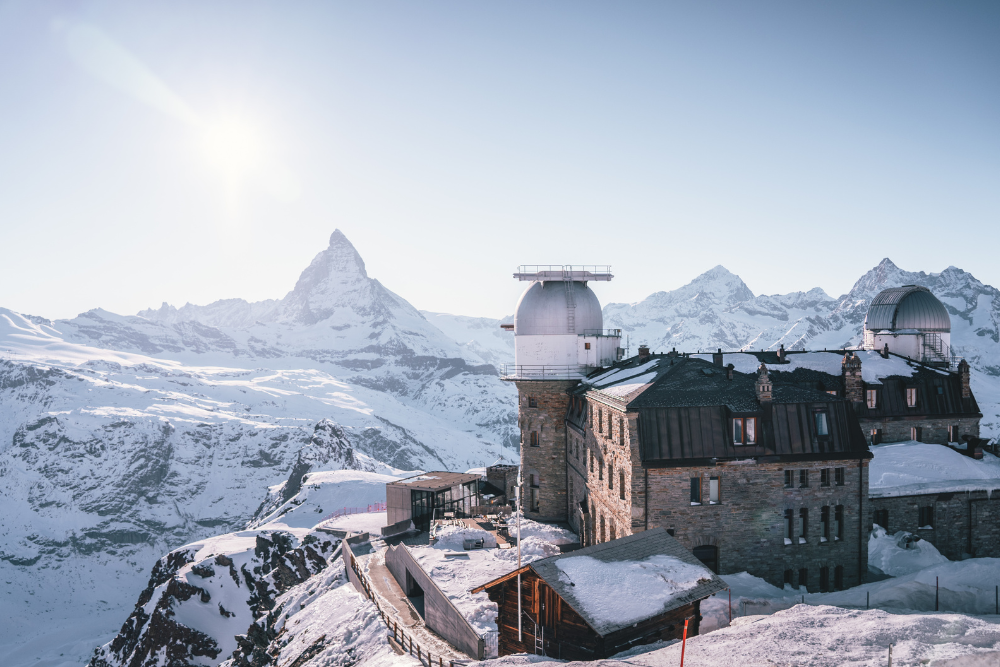
1. Gornergrat – The Ultimate Stargazing Spot
Location: Zermatt, Valais
Difficulty: Moderate
Best Time: Clear nights between June and September
Gornergrat offers one of the most spectacular night views in Switzerland, with its panoramic vista of the Matterhorn and access to the Gornergrat Observatory. The hike to Gornergrat is best done under a full moon, which illuminates the glacier-covered peaks.
- Trail Option: Take the Gornergrat Railway up and descend via the hiking trail, or hike up under the stars and stay overnight at the 3100 Kulmhotel Gornergrat.
- Stargazing Tip: Visit the observatory for an up-close look at planets and distant galaxies.
2. Rigi Kulm – The Queen of the Mountains by Moonlight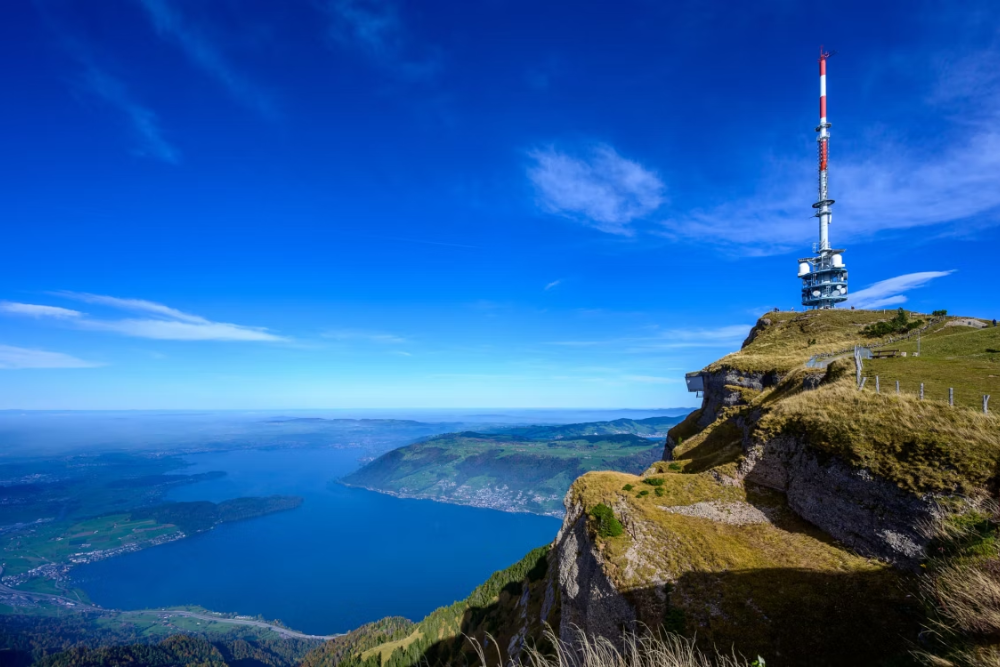
Location: Central Switzerland
Difficulty: Easy to Moderate
Best Time: Summer and early autumn
Mount Rigi is famous for its 360-degree panoramic views and is easily accessible from Lucerne. A night hike from Rigi Kaltbad to Rigi Kulm is a rewarding experience, especially under the stars or during a moonrise.
- Trail Option: Hike up from Rigi Kaltbad or take the cogwheel train to Rigi Kulm and descend on foot.
- Stargazing Tip: The summit provides clear views of constellations above Lake Lucerne.
3. Aletsch Glacier – A Moonlit Walk Over Ice
Location: Valais
Difficulty: Moderate to Challenging
Best Time: Full moon nights in winter and early spring
The Aletsch Glacier, the largest glacier in the Alps, offers an extraordinary night trekking experience. Guided full-moon hikes are available, allowing participants to traverse the glacier safely with expert guides.
- Trail Option: Guided hikes start from Bettmeralp or Fiescheralp and explore sections of the glacier.
- Stargazing Tip: The lack of artificial light makes it an excellent location for Milky Way photography.
4. Lac de Taney – A Hidden Gem for Reflection Photography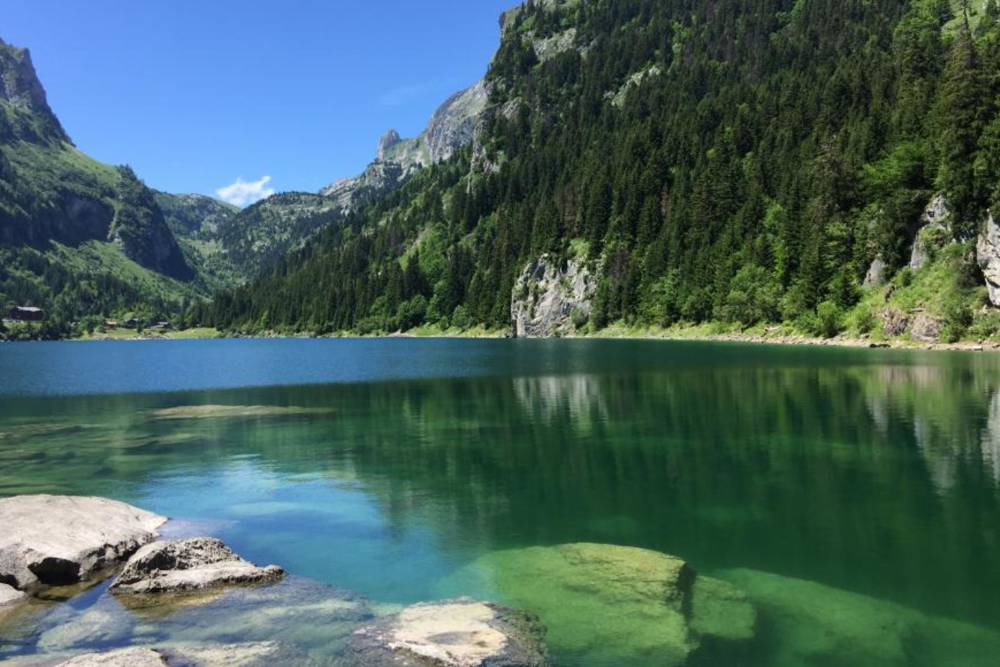
Location: Valais
Difficulty: Moderate
Best Time: Summer and early autumn
This secluded mountain lake, surrounded by forests and cliffs, provides a stunning setting for night hikes and stargazing. The lake’s surface mirrors the stars, creating perfect astrophotography opportunities.
- Trail Option: A moderate uphill hike from Le Flon to Lac de Taney takes about 1.5 hours.
- Stargazing Tip: Bring a tripod to capture long-exposure shots of the reflections in the water.
5. Säntis – A High-Altitude Night Hike with Views Over Switzerland
Location: Appenzell Alps
Difficulty: Challenging
Best Time: Late spring to early autumn
At 2,502 meters, Säntis is one of the most prominent peaks in eastern Switzerland. The hike to the summit at night rewards adventurers with an unforgettable sunrise over the Swiss Alps.
- Trail Option: Hike from Schwägalp to Säntis or take the cable car up and explore short trails around the summit.
- Stargazing Tip: The altitude provides exceptionally clear skies for viewing distant star clusters.
Best Times and Conditions for Night Hiking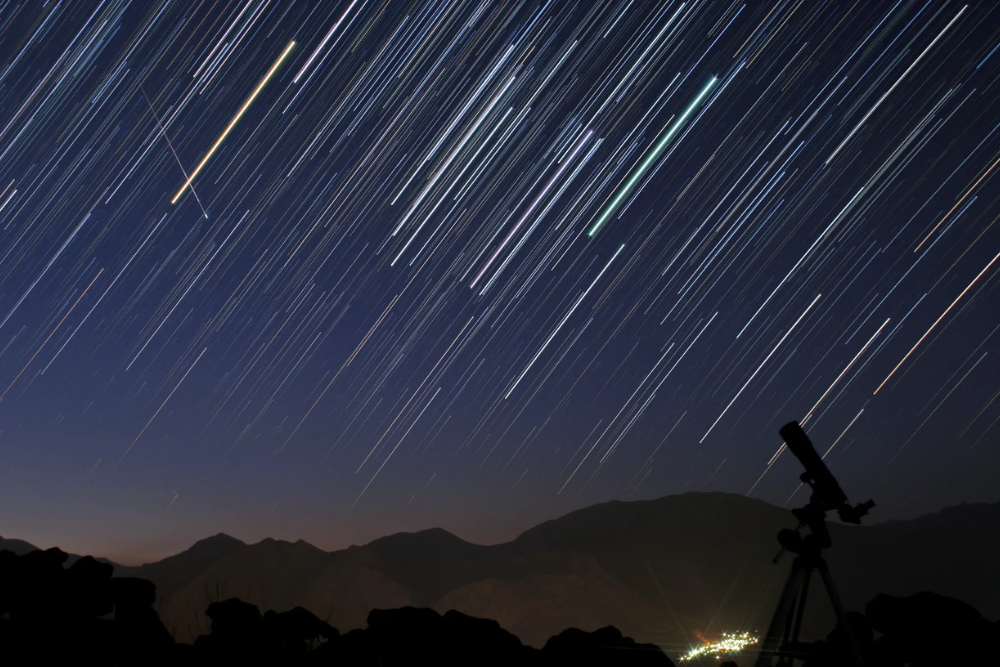
For the best experience, plan your night hikes around the following conditions:
- New Moon Nights: Ideal for seeing the Milky Way in its full glory.
- Full Moon Nights: Perfect for hiking without artificial light, as the moon illuminates the trails.
- Meteor Showers: The Perseids (August) and Geminids (December) provide spectacular celestial displays.
- Winter Nights: Snow-covered landscapes reflect moonlight beautifully, but ensure proper gear and safety precautions.
Essential Gear for Night Hiking in the Alps
To stay safe and comfortable, bring the following:
- Headlamp with Extra Batteries: Essential for navigating trails after dark.
- Warm and Layered Clothing: Alpine temperatures drop significantly at night.
- Trekking Poles: Helpful for stability on uneven terrain.
- Map and GPS: Trails can be harder to follow at night.
- Thermos with a Warm Drink: Helps maintain body warmth.
- Stargazing App: Identifies constellations and planets in real time.
Where to Stay for an Overnight Experience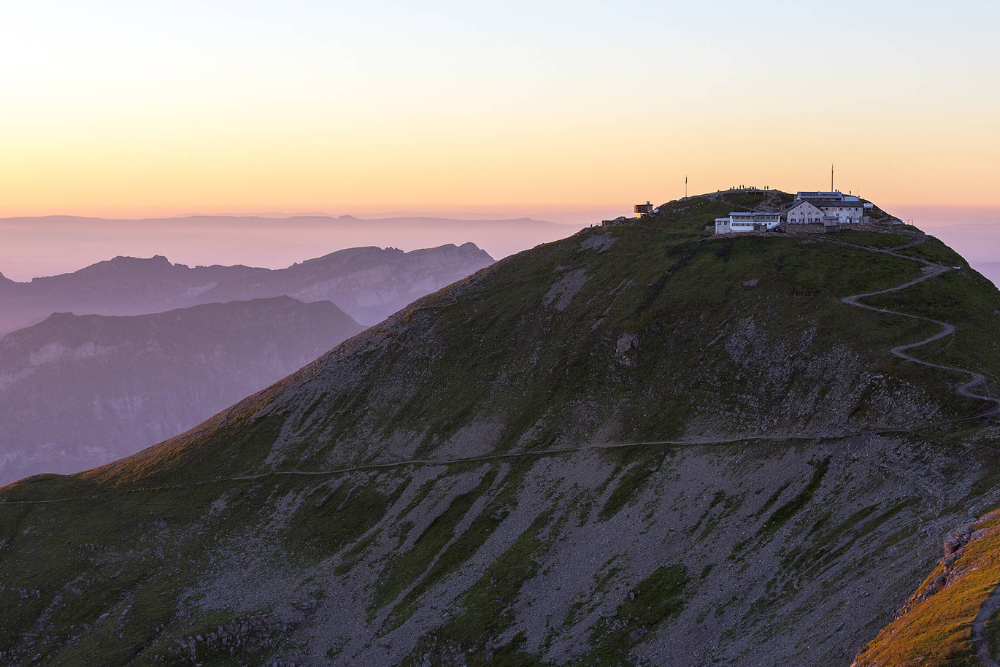
For those who want to extend their adventure, consider staying in a mountain hut, observatory, or alpine hotel. Some of the best options include:
- 3100 Kulmhotel Gornergrat (Zermatt): The highest-altitude hotel in Switzerland with a connected observatory.
- Berghotel Faulhorn (Grindelwald): A remote mountain hut offering uninterrupted starry skies.
- Cabane des Dix (Arolla): An excellent base for glacier night hikes.
Conclusion
The Swiss Alps at night reveal a world of untouched beauty, where moonlit trails, star-filled skies, and serene landscapes create an unforgettable experience. Whether trekking up Rigi Kulm for a panoramic view, crossing the Aletsch Glacier under a full moon, or gazing at the Milky Way from Gornergrat, night hiking in Switzerland offers a magical way to connect with nature.
With the right preparation and an adventurous spirit, exploring the Alps after dark can become one of the most rewarding experiences in the mountains.
Which night hike would you like to try first?












